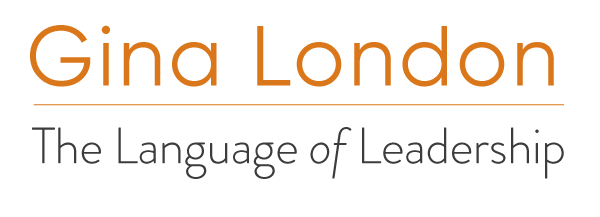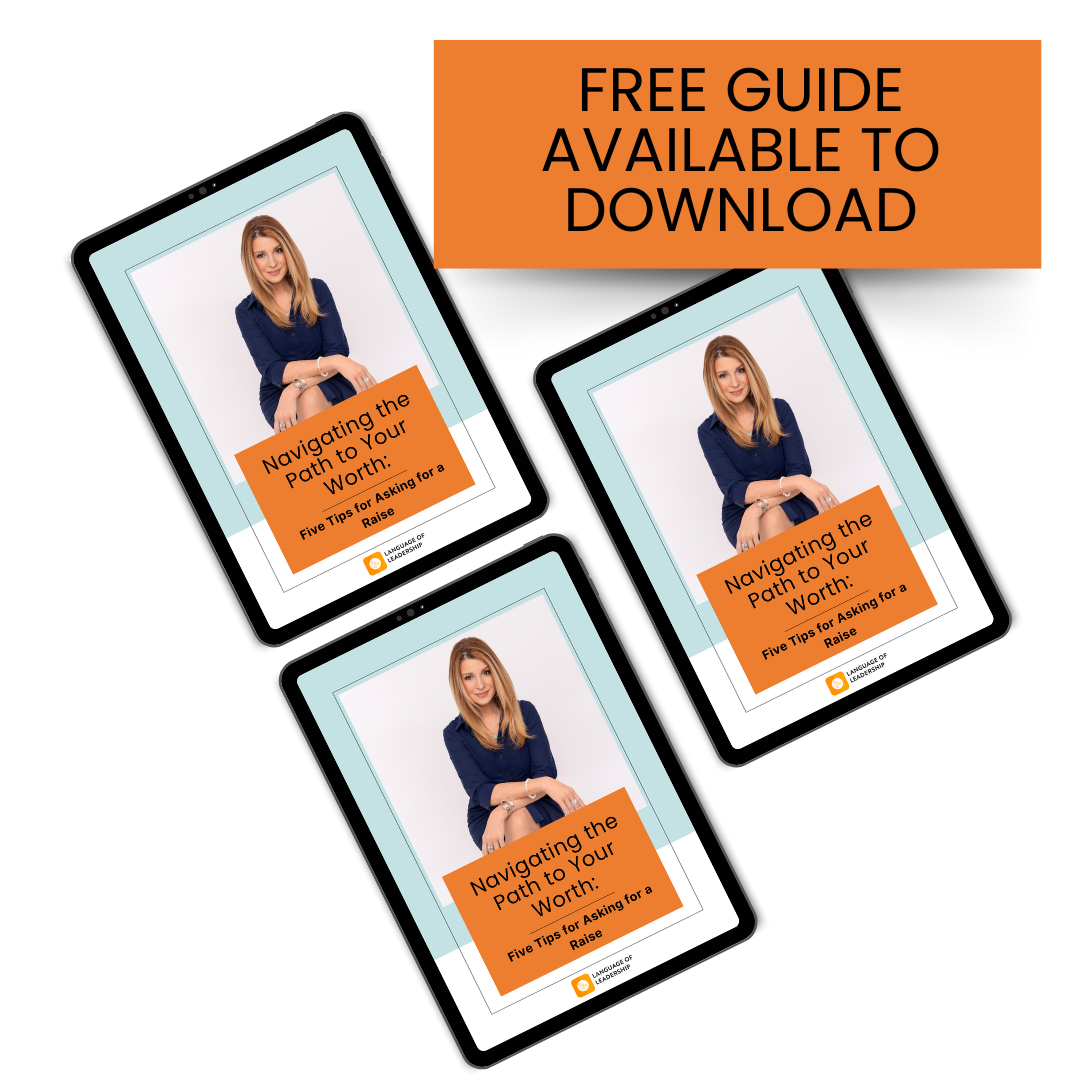For the first time in the twenty years that I have been leading communications training programs, I got push-back that:
Practice Makes Perfect.”

I was in Singapore just over a week ago working with a group of twenty managers from all over the region (photo above is me obviously after the training). I was recording each participant as he or she delivered a message. An executive questioned my practice recommendation saying:
I don’t know. I think I lose the true emotion of what I am trying to say. I think the spontaneity is gone.”
I welcome all challenges. Good dialogue helps us learn more about each other’s perspectives. It also compels me to reflect and reconsider my approaches and opinions. So, we put it to the test. I doubled back to the participant who had just completed his first round video recording and had him give it a second go on-camera.
He edited his content from his previous attempt which made his wording tighter, more concise.
The group agreed that his second time was stronger. But what about his “emotional spontaneity”?

Did he give up some of his initial extemporaneous expressions for those of a more contrived nature? My loyal adversary watched the recordings a couple days later (I give all my participants copies of their video clips to keep) and emailed me that to him, there was a natural and emphatic “blink in the eyes” that you couldn’t have repeated on command with the same impact.
Without debating the impact derived from a single blink, let’s broaden the topic to consider overall impact from a lengthy speech. What are the benefits of practice? Here are some of my reasons:
Why Practice?
1. You will KNOW your material. More than anything else, practice will prevent you from losing your train of thought or completely omitting a point. I don’t have to toss a stone too far on this one to hit Sarah Palin’s recent rambling ad-lib-a-thon US presidential endorsement of Donald Trump.
(This, of course, presumes you have actually written a script or an outline or something on which you can practice. We can’t make that same presumption with Palin.)
2. You will get rid of FILLERS. This is connected to Reason Number 1, but I list it separately to remind you that fillers are killers. When we don’t know precisely what we want to say next, many of us unconsciously add “uhh”, “you know”, “uhm”, “eh” or any other number of distracting – and unprofessional – utterances. These interrupt the smooth flow of our messages and can be completely disruptive to a highly expectant audience. I was told of a performance professional who once counted a whopping 37 of these during a presentation made by someone who had eschewed his urging to practice. Speaking with fillers is a sure-sign that you are a rookie and will undermine whatever it is you’re trying to say.
3. You will be more CONFIDENT. Whenever anyone asks me the best way to reduce nervous butterflies, I encourage them to practice more. When you know what you are going to say, in the order that you are going to say it and have practiced doing so OUTLOUD several times, you WILL gain confidence.
4. Knowing your structure gives you FREEDOM. The confidence you have in knowing what you are going to say, allows you the freedom to be in the moment with your audience. I don’t advocate strict and unwavering memorization of a text. I encourage you to know it well enough that you can relax and have a genuine conversation with your audience. Think about the actor who explores a well-known role. Presentation delivery should be like a pianist playing a concert. You know the piece so well, you are in the moment. You know what emotions your words are conveying. Don’t be a robot. Experience what you are saying with them. Watch their faces for verbal cues and give a little more or edit a bit depending.
5. Your Audience will APPRECIATE your professionalism. When you are comfortable and confident, your audience will be more so too. Nobody wants to watch someone ramble. You’re wasting their time.
6. Your MESSAGE will be MORE clearly understood. As with Reason Number 5, it’s frustrating for an audience to have to try and follow someone who doesn’t have a clear path. Audiences have other things on their minds. It’s up to you to make sure you’re easily understood and remembered. Don’t forget to tell them what’s in it for them!
Okay! There are six reasons why it’s beneficial to practice your next presentation. To help round out this topic, next time, I will outline some helpful tips for HOW to PRACTICE.
I’d love to hear from you about your own experiences with practice. When you did it to perfection and when you didn’t. What happened? What could have happened??
One quick follow-up from my loyal opposition: he has since emailed me that he is going to change his approach and try to practice more. I love that we’re engaging deeper on this issue. That’s how progress is made! He added in his last email that he’s “not a good repeater. Even if I do the same presentation several times, I use different words.”
That’s okay. As I mentioned above, you do not have to memorize your entire presentation word for word – to repeat it exactly the same way every time. I do encourage you to have your introduction and your final closing lines pretty close to memorized. That ensures your message is solidly delivered. But again, the confidence you have from practicing your overall structure, will allow you the freedom to act within that structure.
The more your practice, the more you can really explore!
Cheers! Gina
Copyright 2016 Gina London. All Rights Reserved.






